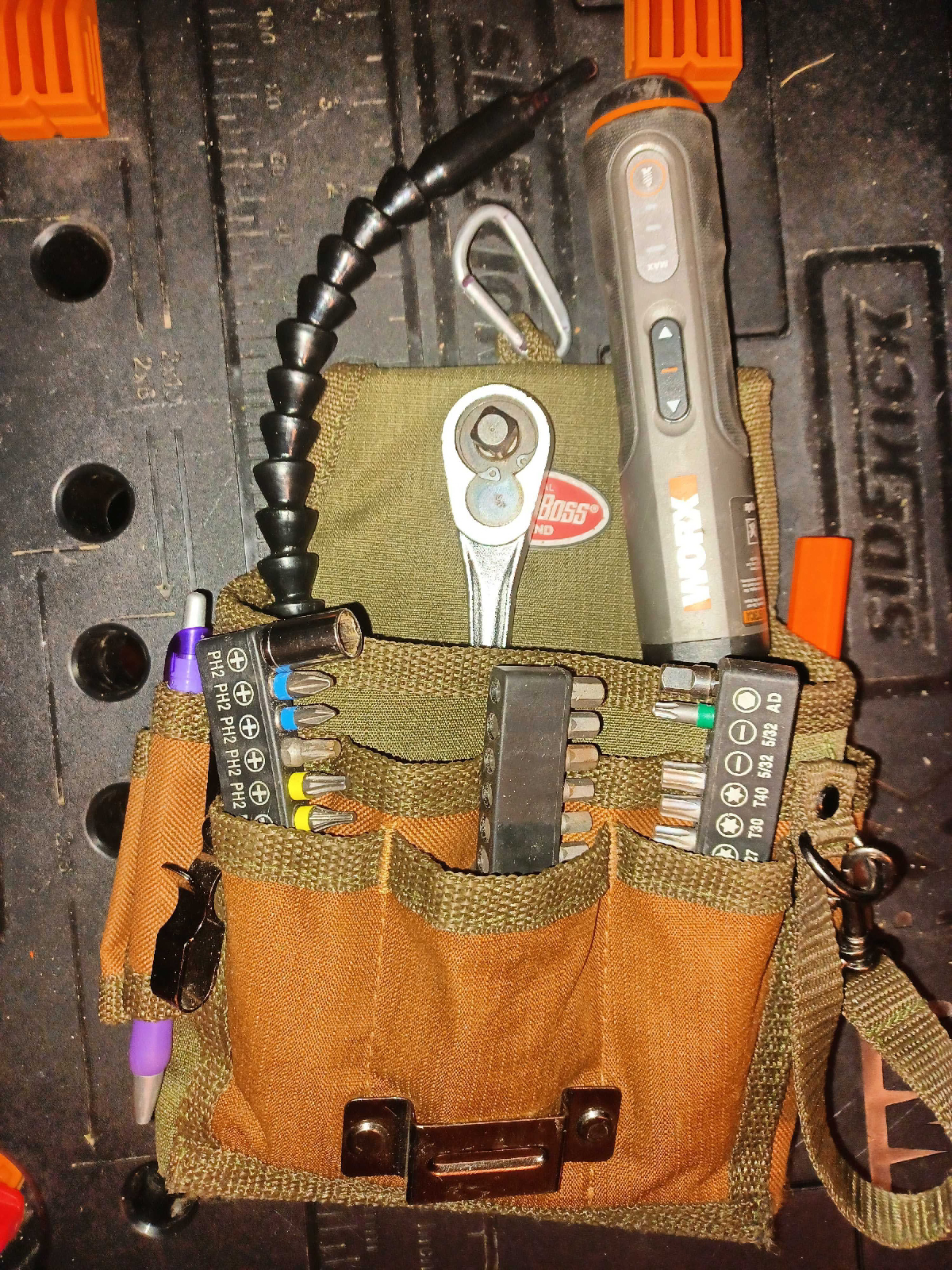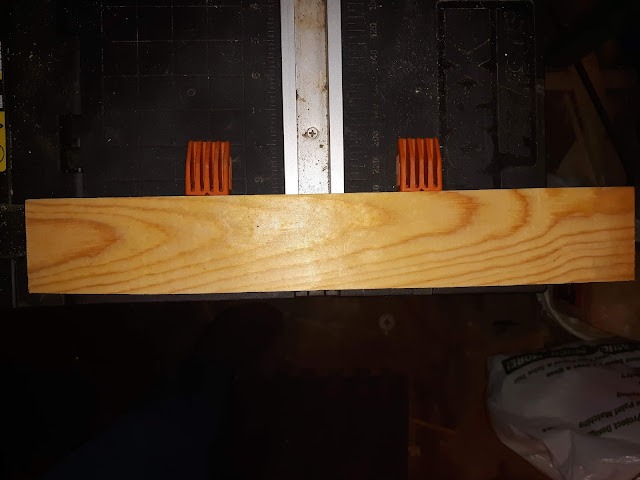When are we done sanding?
I get this question a lot. People usually are no fan of the tedious and time consuming chore of sanding anything. Sanding is important though and knowing what one is trying to achieve can help a lot in determining how much sanding to do.
Whether we are sanding metal, drywall, or wood, there is a reason to sand. The finish. What is the result we are trying to achieve? Is it to clean and prepare the piece for a next step? Is it to achieve a "proper" finish appearance?
First rule, sanding is cutting. Just like any blade, the finer (and sharper) the teeth is like the finer the abrasive. A much smoother finish result.
Probably most important to start is starting with the right grit. Too low of a grit can cause problems. We don't want to damage the piece we're working on by making gouges and taking too much material away. So often it's a good idea to test in a single, small spot with an estimated grit. Then you can decide whether to go down, go up, or keep the grit level from there without having messed up a big area.
So when we're sanding to prepare for a next step, the result is usually easier to see and feel by hand. You want the piece being sanded free of blemishes, even surface, no sharp edges, burrs, etc...) and the condition of the material ready to maximize the next step.
In other words, you only sand until you can visibly see and feel by touch that the result is achieved. Rust or debris (glue, sap, paint, etc..) is gone and surface is even and clean. Now you can apply paint or mud or adhesive, etc...
Most of the questions come from woodworking projects. Again, to prepare for a treatment or to achieve a particular result. When it comes to preparing for treatment, remember that you do not want to get too smooth. You want to stop at about a 220 or so grit because it leaves wood pores open and able to absorb stains, paints, poly coats, etc... higher grits start to close wood pores, leaving them to polishes, varnishes, and other surface level treatments.
When you get to those levels, it gets harder to see the differences in the wood. Lighting will be important, looking from an angle, even misting the surface to see how much or if the small surface pores still show. Again, what are you working toward? If it's paint, stain, etc... you want those pores still open.
Also, for some surfaces, plaster, drywall "mud", etc... even a wrung out sponge can be a good finish "sander" because those materials come out as powdery and gouge so easily.


Comments
Post a Comment